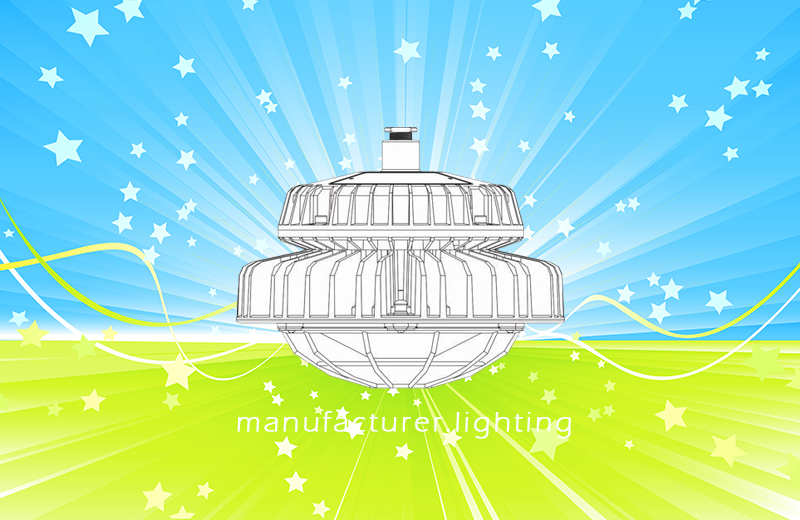Explosion proof lighting fixtures such as
explosion proof LED flood lights,
explosion proof high bay or low bay lights,
hazardous location certified LED flashlights,
hazardous location certified LED headlamps and
portable explosion proof LED work lights are designed for industrial applications, confined spaces and hazardous work areas where flammable or explosive gases, vapors and combustible dusts may be present. These fixtures are engineered to provide continuous and consistent light levels in extreme ambient temperatures and are also made to be corrosion resistant, shock proof and sealed against water, dust and other external contaminants, suitable for installation in wet locations, marine environments or work sites where equipment is subjected to vibration, high ambient temperatures, or corrosive liquid spray. In
industrial environments such as the chemical and petrochemical industries, utility gas plants, the mining industry, milling (e.g. grain and granular solids) works, sewage treatment plants and paint booths, the manufacture, processing, handling, transport or storage of combustible materials leads to the creation or release of gases, vapors, or mist into the environment. Other processes create combustible dust or easily ignitable fibers or flyings. An explosive atmosphere can form when flammable liquids, gases, vapors or combustible dusts are present within a certain range of concentration, in conjunction with the oxygen in the air, resulting in an explosion accompanied by the release of high energy. In North America, NEC (National Electrical Code) and CEC (Canadian Electrical Code) define three categories of hazardous materials that have been designated as Class I, Class II, or Class III. Each of the three Classes, based on the explosive properties of the materials present, is further subdivided into two Divisions, Division 1 or Division 2. Class I and Class II Divisions are further broken into categories known as "groups". The Groups define substances by rating their flammable nature in relation to other known substances. The International Electrotechnical Commission (IEC) and European Committee for Electrotechnical Standardization (CENELEC) standards define areas containing potentially explosive atmospheres using zone classification system. The classification and certification of equipment for hazardous locations is based on the ATEX Directive (ATmospheres EXplosibles) geared towards EU member compliances and IECex conformity Scheme which provides a single international approval standard that significantly reduces the need for re-testing and certification. Not all
explosion proof lights are built the same way in same configuration, and each version accommodates specific classifications and the environmental conditions of the hazardous location. The solid state LEDs do not generate sparks that could cause explosions and are energy efficient, highly directional, shock and vibration resistant, low maintenance and long running - these properties offer many benefits that make LED lighting an increasingly dominant technology in explosion proof lighting applications.









